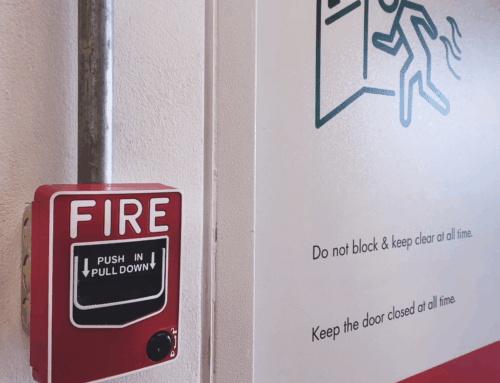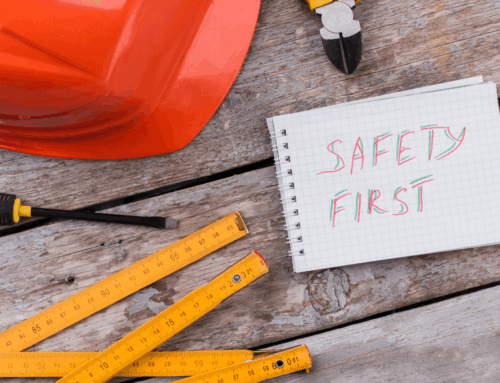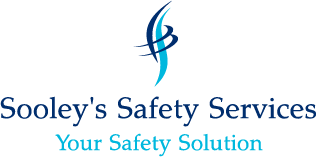As we experience the sweltering heat of this summer, particularly with the recent heatwave impacting Ontario, it’s crucial to address the importance of heat safety in the workplace. High temperatures can pose serious health risks, especially for outdoor workers in construction, landscaping, golf courses and other activities, or those in hot environments but also indoor workers in ovens, bakeries and processing facilities. As a workplace safety consultant, I’m here to help you understand the dangers of heat stress and how to protect your employees during these extreme conditions.
Understanding Heat Stress
Heat stress occurs when the body is unable to cool itself effectively and can lead to various heat-related illnesses, including heat exhaustion and heat stroke. Symptoms may range from mild (heavy sweating, weakness) to severe (fainting, confusion). Recognizing the signs early can prevent serious health issues and even save lives.
Know the Risks
Certain factors increase the risk of heat-related illnesses:
- Environmental Conditions: High humidity, direct sunlight, and lack of air circulation
- Physical Exertion: Heavy lifting or strenuous tasks in high temperatures
- Personal Factors: Age, pre-existing health conditions, and hydration levels
Key Strategies for Heat Safety
Stay Hydrated!
Encourage workers to drink plenty of water throughout the day. It’s essential to keep hydrated, especially before starting work. Avoid drinks with caffeine or alcohol, as they can contribute to dehydration. A good rule of thumb is to drink at least half a liter of water every hour in extreme heat situations.
Take Breaks in the Shade
Establish a schedule for regular breaks, ensuring workers can rest in shaded or air-conditioned areas. Encourage employees to take 10 to 15-minute breaks every hour when working outdoors in high temperatures.
Wear Appropriate Clothing
Lightweight, loose-fitting, and light-colored clothing can be beneficial in hot weather. Encourage employees to cover their skin to reduce sun exposure, but opt for breathable fabrics that allow sweat to evaporate.
Monitor Environmental Conditions
Keep an eye on the local weather forecast and take note of heat advisories. Implement measures to adapt work schedules based on temperature readings. If temperatures are forecasted to reach dangerous levels, consider adjusting work hours to earlier or later in the day when it may be cooler.
Train Employees on Recognizing Symptoms
Educate all employees about heat stress and the symptoms to watch for in themselves and others. Encourage them to report any signs of heat-related illness immediately. Creating a culture of awareness and support can make a significant difference.
Install Cooling Measures
If feasible, provide cooling stations equipped with fans, misting systems, or portable air conditioning units in work areas. This can help create a more comfortable environment for your team during extreme heat.
Conclusion
Heat safety is a shared responsibility, and by taking proactive measures, we can safeguard our workforce during these hot months. Let’s ensure that we prioritize health and well-being in the workplace, creating a culture where everyone feels empowered to protect themselves and their colleagues.
As always, if you need assistance developing safety protocols or training programs for your workplace, don’t hesitate to reach out. Together, we can beat the heat and keep our workers safe!
Remember, it is always best to Prevent, Not React.







